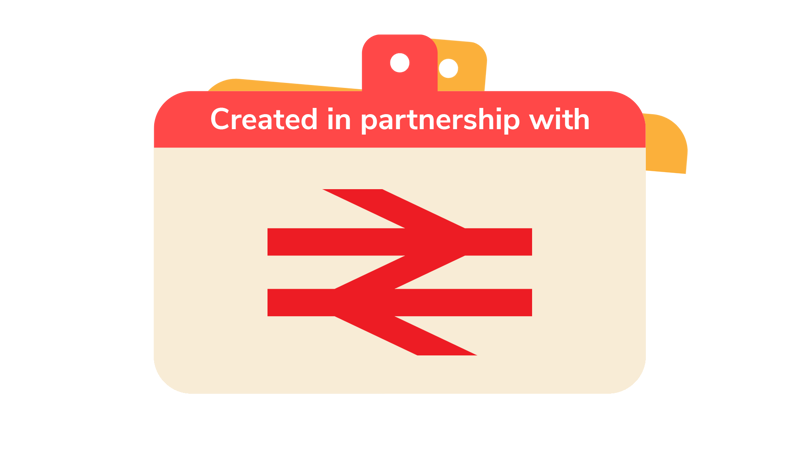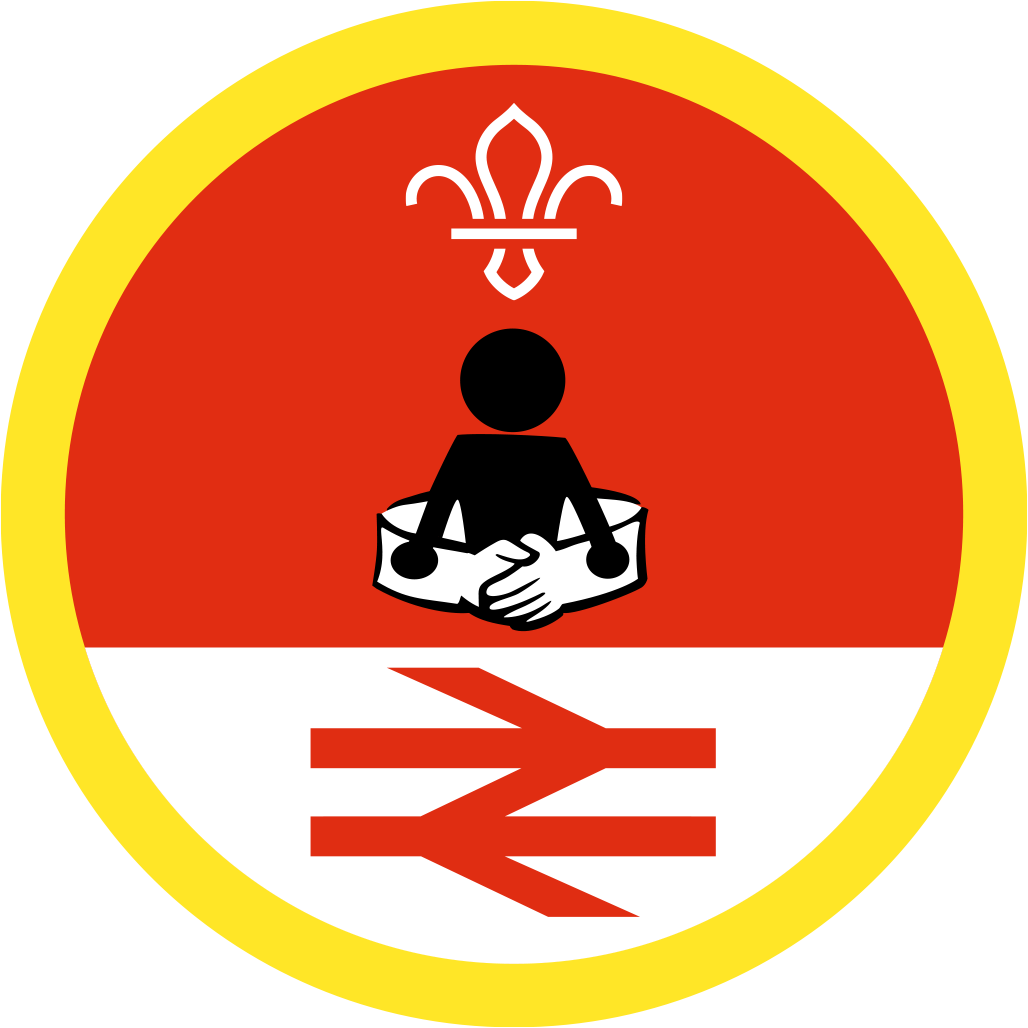
See it, say it and spot the difference
You’ll need
- Craft materials (for example, tissue paper, pipe cleaners, stickers)
- Fancy dress items
- Stopwatch or phone
- A4 paper
- Pens or pencils
- Props - household items
Before you begin
- Use the safety checklist to help you plan and risk assess your activity. Additional help to carry out your risk assessment, including examples can be found here. Don’t forget to make sure all young people and adults involved in the activity know how to take part safely.
- Make sure you’ll have enough adult helpers. You may need some parents and carers to help if you’re short on helpers
Setting up this activity
- Gather together lots of prop and household items that people can use in this activity, such as balls, cushions, spoons, tea towels or towels, sports equipment, broom, TV remote, mugs, frying pan, mixing bowl, fruit, children's toys, and so on. You'll need to have more props than people.
- You can have multiple of the same item, but different sizes, colours and shape - this will make the game harder and more fun!
- You could ask people to bring three items in from home.
Play spot the difference
- Gather everyone together in a circle.
- Divide everyone into several teams of around five people.
- Give each team a selection of props and fancy dress items to use.
- Each team will need to come up with a freeze-frame scene, where they make a scene together using the props and pose as still as possible. They won't be moving or acting.
- One team will show their scene to everyone else.
- The other teams will have 30 seconds to study the scene and remember as much of it as possible.
- After 30 seconds, the teams watching should turn around and close their eyes. An adult volunteer or young leader should watch to make sure no-one's looking.
- The performing team should then have a minute to change five things in their scene. They could change what they're holding, move positions, change for the same item but in a different colour or shape, switch items with someone else, change the item, add in more items or remove an item. They should be as creative as possible!
- Once everyone’s ready, everyone else can open their eyes and turn around.
- Give the other teams paper and pens.
- The teams looking at the scene have 30 seconds to spot as many changes as they can. They should write down changes on the paper as they spot them.
- After 30 seconds, each team should read out the changes they spotted. The performing team should reveal any changes the first team didn’t spot.
- The teams should swap over so everyone has a turn to spot the difference.
Talking about the changes
- Ask people if it was easy or hard to spot the changes around us.
- Tell everyone it's important for us to look all around us and be aware of our surroundings in our day-to-day lives.
- Explain when using railways, it’s really important that you’re aware of your surroundings, so you can spot anything that has changed or seems out of place.
- Ask everyone what they think they should look out for when using trains.
- The Rail Industry suggests this could include:
- Someone being somewhere they shouldn’t be, for example trying to get through a door marked ‘no entry’
- An unattended bag
- Someone checking security arrangements, for example filming CCTV cameras at a station
- Someone avoiding rail staff and police officers
- Someone who could be concealing something under their clothing.
Learning about train safety
- What would people do if they spotted something at a train station that didn’t feel right?
- Explain that if you ‘see it’ (anything out of the ordinary), then you should ‘say it’. The people you tell will make sure this gets ‘sorted’ by checking out the information you’ve shared with them.
- In the UK, you can tell a member of rail staff or police officer, call the British Transport Police on 0800 40 50 40, or text them on 61016 – though in an emergency you should always call 999).
Reflection
After playing a few rounds of ‘Spot the difference’, ask everyone how difficult they found it to spot a change someone had made in their background? Were some things harder to notice than others?
Big changes, such as changing what someone's wearing or changing position, can be easy to see, but moving a pencil slightly or removing something small can be harder to spot.
How well did each team do, and what do teams think helped them be successful? For example, did everyone look at all the scene or did each person have a specific part of the scene to look at?
Safety
All activities must be safely managed. You must complete a thorough risk assessment and take appropriate steps to reduce risk. Use the safety checklist to help you plan and risk assess your activity. Always get approval for the activity, and have suitable supervision and an InTouch process.
- Rubbish and recycling
All items should be clean and suitable for this activity.
- Contact games and activities
Make sure everyone understands what contact is acceptable, and monitor contact throughout the activity.
You don’t have to stick to 30 seconds or 1 minute. You can give people more or less time to change the difficulty.
You could challenge people to make really tiny changes that are tricky to spot, as long as they’re still visible, or make more changes than five.
You could also add a sound element if anyone will find it tricky to spot differences – could people say a sentence or tell a short story and change just one word or detail?
All Scout activities should be inclusive and accessible.
Head over to The Rail Industry’s supporter page to find more activities about staying safe around railways and level crossings.



